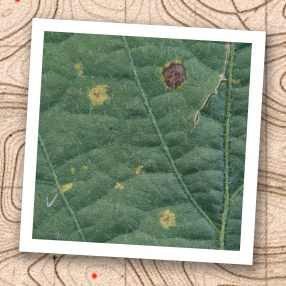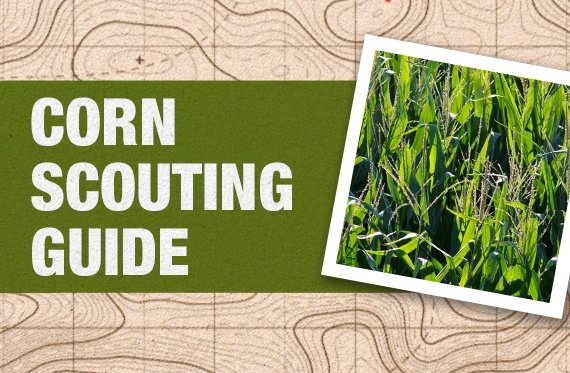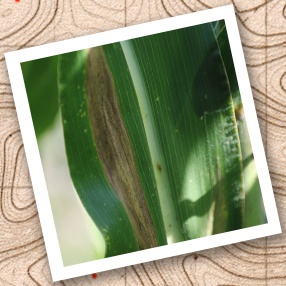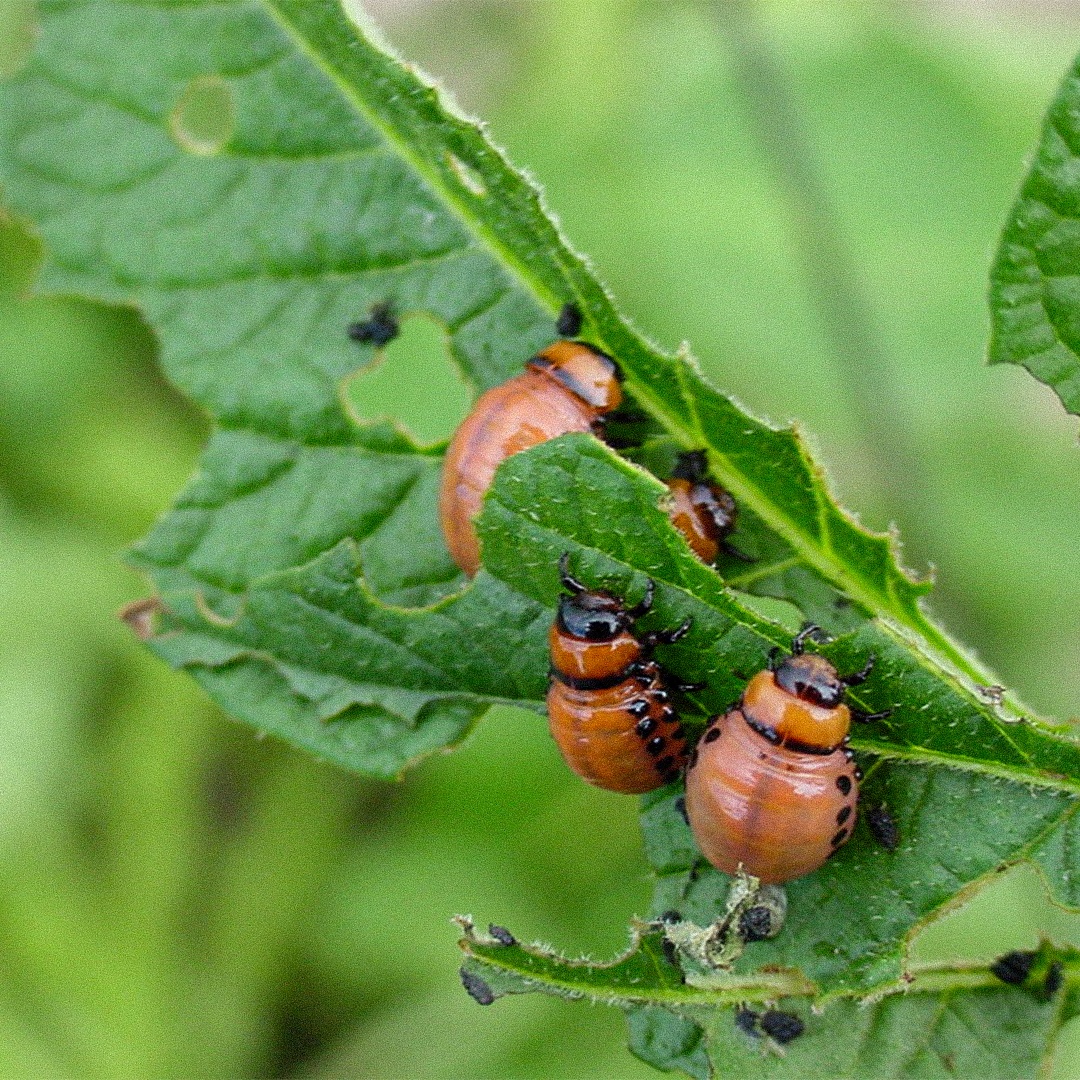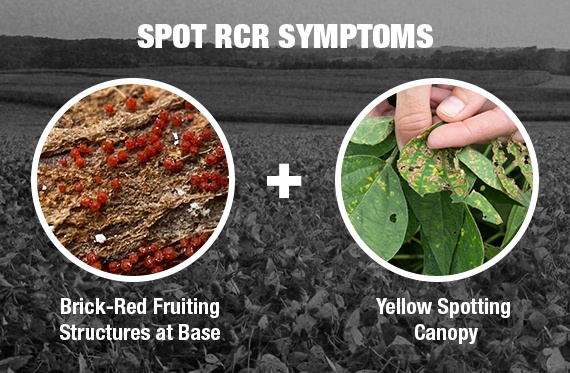Don’t underestimate citrus leafminer. They may be small, but they can cause significant damage to citrus groves in key growing regions if not detected and managed early. They spread rapidly, with infestation rates reaching 90% within its first year of being observed in Florida in 1993.
Identify Citrus Leafminer Early
How do you know if you have a citrus leafminer infestation? Simply put, these pests don’t hide their trail. During the larval stage, citrus leafminers feed on the flush foliage of citrus leaves. As they grow, they create noticeable asymmetrical tunnels or “mines” along the leaf surface. Their distinctive tunneling makes them easy to identify compared to other common citrus pests.

Leafminer damage causes leaves to curl and distort, which can affect tree growth. Younger trees are especially vulnerable, but even mature citrus trees can suffer if infestations get out of control. Over time, this damage weakens trees and reduces fruit quality, making it harder for growers to produce a healthy crop.
Prepare for Environmental Challenges
While citrus leafminer is not typically a primary threat, shifting environmental conditions like hurricanes in Florida and erratic weather patterns in California have opened the door for increased populations and infestations, testing the citrus industry’s resilience.
The increase in moisture and humidity provides an ideal environment for citrus leafminer. Once these tiny insects invade and damage groves, the trees become more vulnerable to diseases, like citrus canker. Effective management strategies can help growers mitigate this risk and reduce the overall impact on their crops.
Use Targeted Solutions for Citrus Leafminer
The good news? Citrus growers have options to keep this pest in check. Researchers have linked cooler temperatures with lower populations of citrus leafminer, making early spring the ideal time to come up with a management plan.
One of the best ways to manage citrus pests is to regularly scout trees for signs of damage. Using natural predators — like parasitic wasps or lacewings — can help keep populations down. In more serious cases, targeted insecticide sprays may be needed.
Insecticides with multiple active ingredients and strong residual control are ideal. Minecto® Pro manages populations of citrus leafminer, Asian citrus psyllid (ACP) and other damaging citrus insect pests. By combining the strength of two active ingredients into a convenient premix formulation, Minecto Pro offers extended residual control of multiple pests with overlapping occurrence windows.



